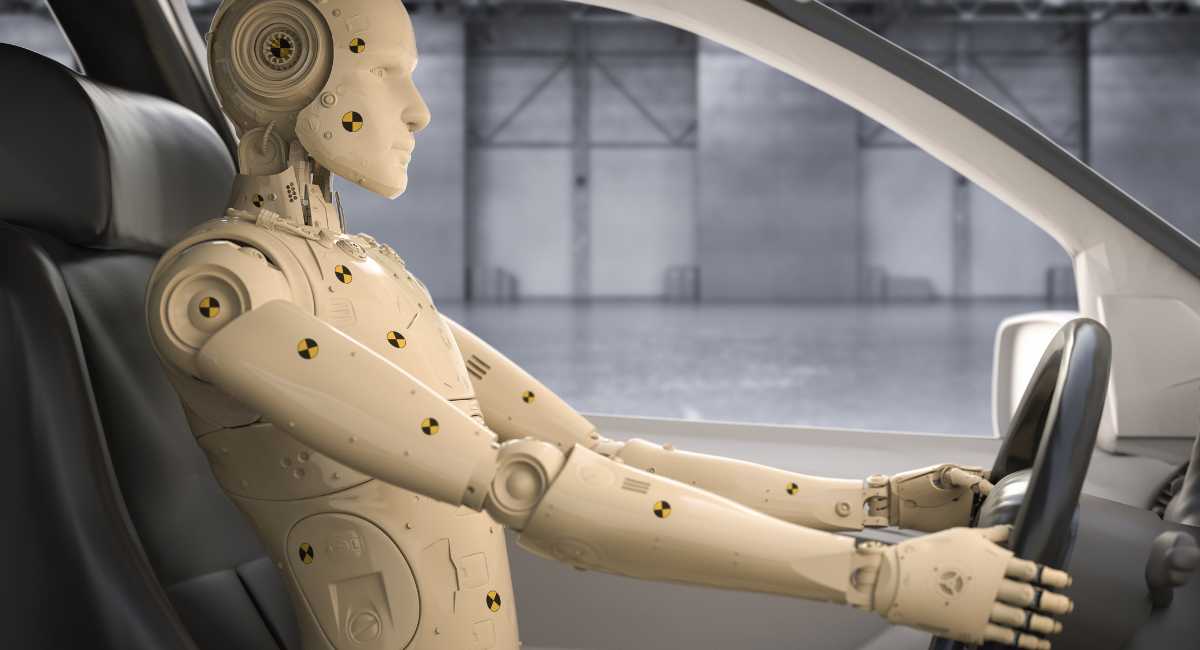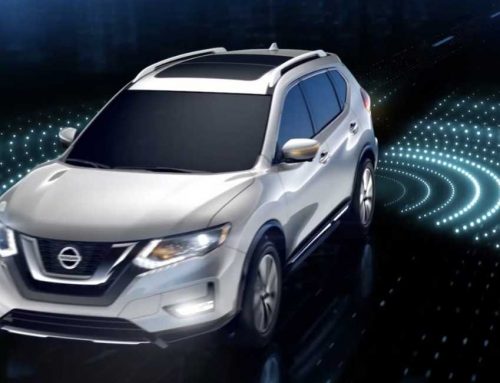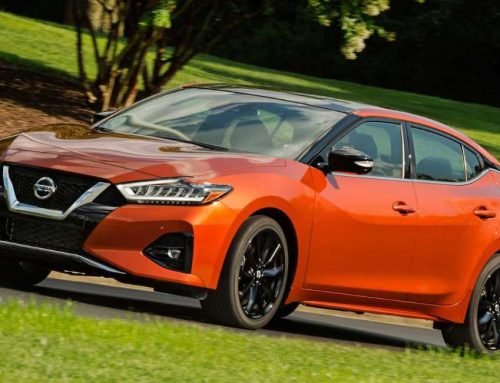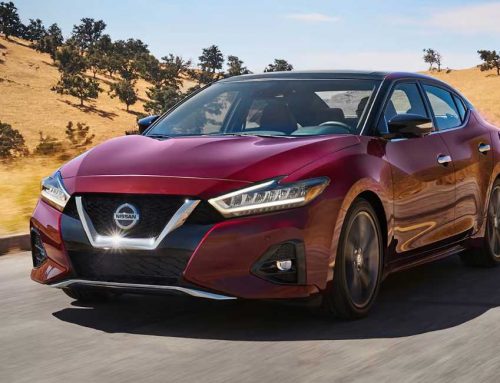Navigating the sea of options when buying a car can be overwhelming, especially when it comes to prioritizing safety. While features and aesthetics might initially grab your attention, ensuring the well-being of yourself and your loved ones should be paramount. This is where car crash test ratings come in – shining a light on a vehicle’s ability to protect its occupants in the event of a collision.
But with multiple rating systems and complex data, deciphering these ratings can feel like cracking a code. Fear not! This guide will equip you with the knowledge and confidence to navigate the world of car crash test ratings, empowering you to make informed choices when it comes to your next car purchase.
Demystifying the Stars:
Most prominent rating systems, like those conducted by the National Highway Traffic Safety Administration (NHTSA) in the US and the European New Car Assessment Programme (Euro NCAP), utilize a star-based system. Five stars represent the highest level of safety, while one star indicates the lowest. But remember, even a one-star car meets minimum safety standards.
Beyond the Numbers:
While stars offer a quick snapshot, delving deeper is crucial. Each rating system evaluates different aspects of crashworthiness, often including frontal, side, and rollover impacts. Additionally, child occupant protection and pedestrian safety are assessed in some cases. Familiarize yourself with the specific tests conducted by the rating system you’re referencing and prioritize areas that align with your needs and driving habits.
Comparing Apples to Apples:
Not all stars are created equal. Rating systems evolve over time, making direct comparisons between cars tested in different years challenging. Always check the test date and ensure you’re comparing apples to apples, focusing on vehicles tested under the same criteria.
Digging Deeper:
While star ratings offer a valuable starting point, consider supplementing your research with additional resources. Consumer Reports and the Insurance Institute for Highway Safety (IIHS) conduct independent crash tests and provide detailed reports that delve deeper into individual crash performance and highlight specific safety features.
Remember, No Car is Crash-Proof:
Even the highest-rated vehicles are not indestructible. Safe driving practices, like wearing seatbelts, avoiding distractions, and maintaining proper following distances, remain essential for minimizing the risk of accidents and ensuring everyone’s safety on the road.
Putting it all Together:
By understanding car crash test ratings, you can make informed decisions that prioritize your family’s safety. Remember:
- Choose a reputable rating system: NHTSA and Euro NCAP are widely recognized for their rigorous testing procedures.
- Look beyond the stars: Understand the specific tests conducted and prioritize areas relevant to your needs.
- Compare apples to apples: Ensure you’re comparing cars tested under the same criteria and year.
- Supplement your research: Consider independent reports and expert insights for a more comprehensive understanding.
- Drive safely: No car is crash-proof, so responsible driving practices are always crucial.
Investing time in understanding car crash test ratings is an investment in your peace of mind and the well-being of your loved ones. By equipping yourself with this knowledge, you can navigate the car buying process with confidence and choose a vehicle that prioritizes safety, mile after mile.
Metro Nissan Redlands:
At Metro Nissan Redlands, we understand the importance of car safety. Our knowledgeable staff is here to help you navigate the world of car crash test ratings and find the perfect vehicle that meets your needs and budget, offering peace of mind for every drive. Visit us today and experience the difference!
Disclaimer: This content is intended for informational purposes only and should not be construed as professional safety advice. Always consult with a qualified safety expert for personalized recommendations.





